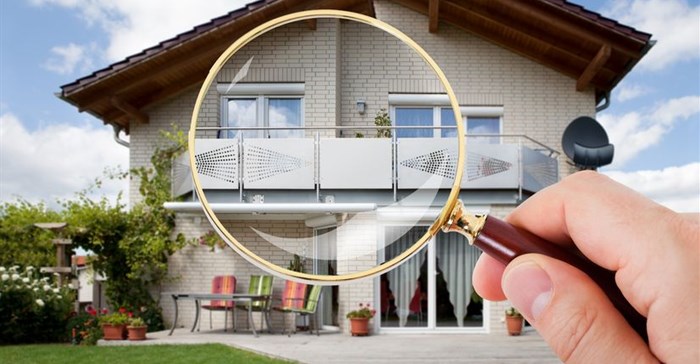
Top stories




EducationHow gender-inclusion in higher education can transform Africa’s future
Meekness Lunga-Ayidu 7 hours

LegalNigeria to implement new tax laws from January 1 despite calls for delay, Tinubu says
Camillus Eboh 2 days

“The advice that real estate agents give to sellers before they put a house on show has been distilled from years and years of working with buyers,” says Tony Clarke, MD of the Rawson Property Group. “That kind of experience is of great value, and we’re very confident in the suggestions that we give to prospective sellers to enhance their homes’ appeal, but it is nonetheless extremely interesting to see a show house literally through the eyes of the buyer.”
This is exactly what the research project commissioned by home cleaning brand, Vileda, and conducted by European eye tracking specialists, eyetracker, aimed to do by sending prospective buyers to view properties while wearing eye-tracking goggles. The goggles recorded not only where the buyers were looking, but how long they spent examining certain things, and the results showed some very specific areas that received the most attention.
Top of the list was, interestingly enough, more about location than home assets. 95% of participants spent notable amounts of time looking out of windows into the garden and neighbourhood beyond.
“Real estate agents always tell sellers to make sure windows are clean and sparkling, not only to let more light into the house, but also to give an unimpeded view to the outdoors,” says Clarke. “Buyers like to get a sense of place – to see how the home fits into the neighbourhood, how much privacy they’d enjoy, and what kind of light and views they could be getting.”
Second on the attention scale was storage space, with 80% of viewers opening closets and cupboards to check out the interior.
“We’ve all been told to declutter before putting a house on the market,” says Clarke, “but this goes to show that you can’t just shove that extra stuff in a cupboard and hope no-one notices. Closets stuffed to the brim will not only appear smaller, they could well imply that your home lacks sufficient storage in general, which is going to count against you at the end of the day.”
A good spring clean is another common recommendation for sellers, but eye tracking reveals we may be concentrating on cleaning the wrong things. Floors and work surfaces, for example, got little more than a passing glance from prospective buyers, whereas ceilings, mouldings and feature lights caught 70% of visitors’ attention.
“Room heights, lighting, and details like cornices can add a lot to the ambiance of a house,” says Clarke, “so it’s not surprising that most buyers take the time to look up. I definitely wouldn’t advise leaving floors dirty, or ignoring lingering odours in kitchens or bathrooms, but don’t fall into the trap of forgetting to clean above your normal eye line in your zeal to get everything else in ship shape.”
Other obvious attention-grabbers that came to light during Vileda's study were things like fireplaces, stained glass windows and architectural detailing, which caught the notice of 75% of participating visitors.
“You’d be surprised how many people have beautiful details hidden away in their homes,” says Clarke. “We see original fireplaces hidden by shabby screens; stained glass windows covered with blinds – if you’ve got a feature that could appeal to a certain type of buyer, it’s worth making an effort to display it to full effect.”
While the study confirmed much of the conventional pre-sale preparation advice given to sellers, the one thing it truly highlighted was buyers’ emphasis on ambiance and atmosphere.
“Buying a house isn’t just a rational decision,” agrees Clarke. “Emotion is also a huge factor. If you can get your buyers to connect emotionally with your home, you’re well on your way to sale.